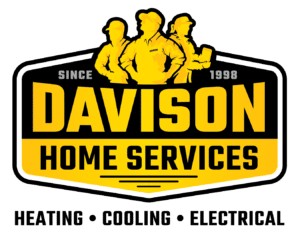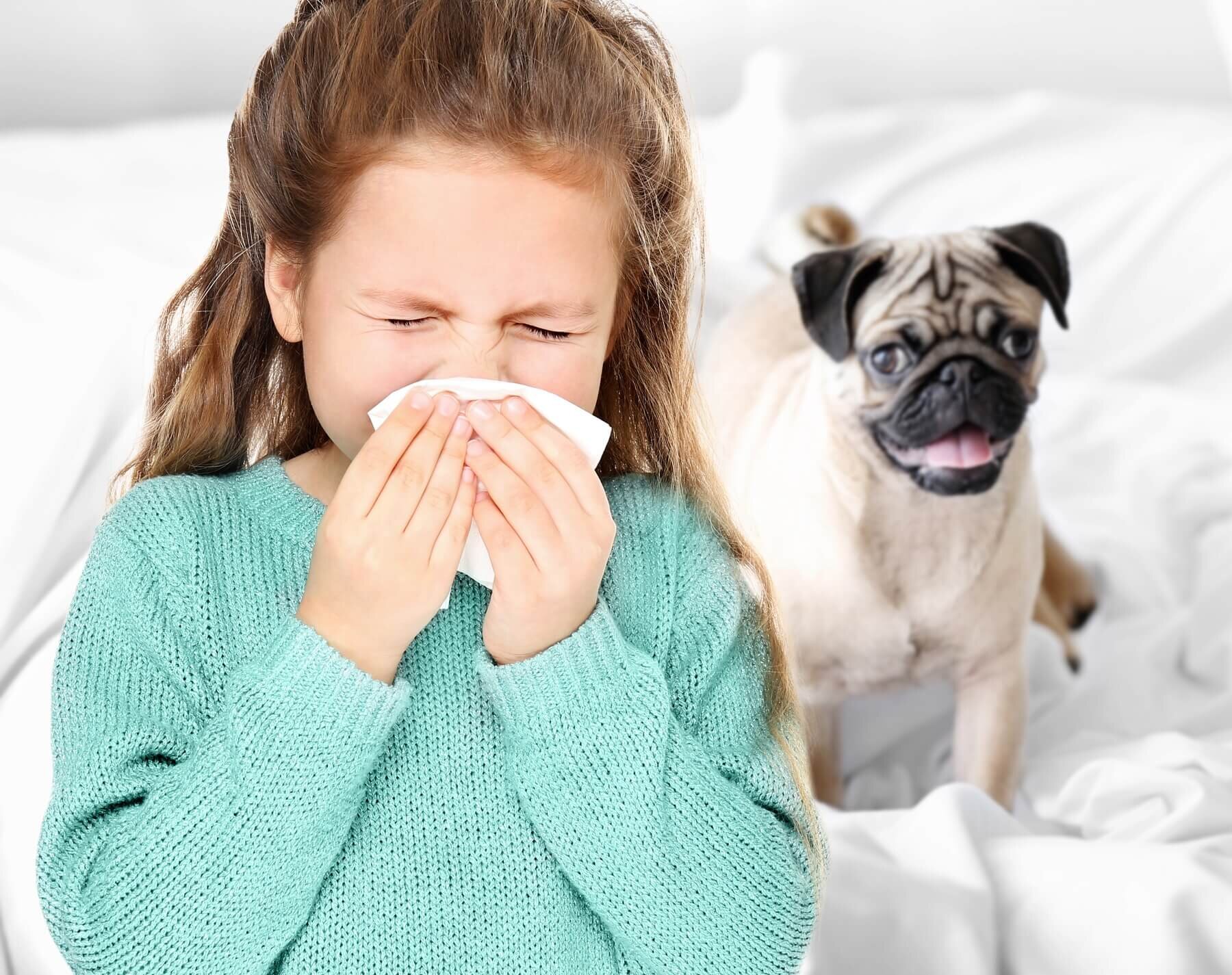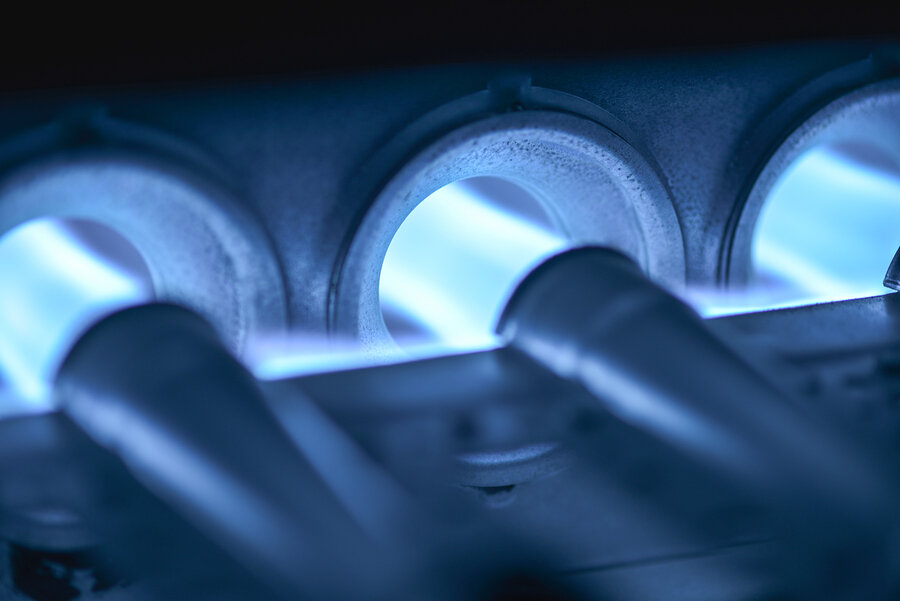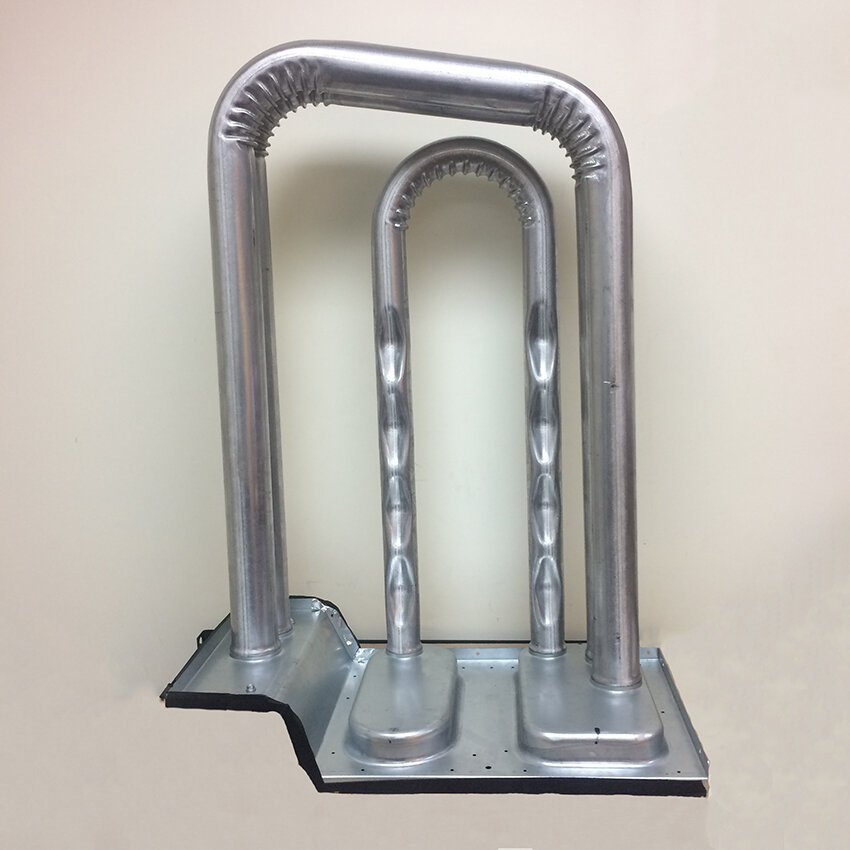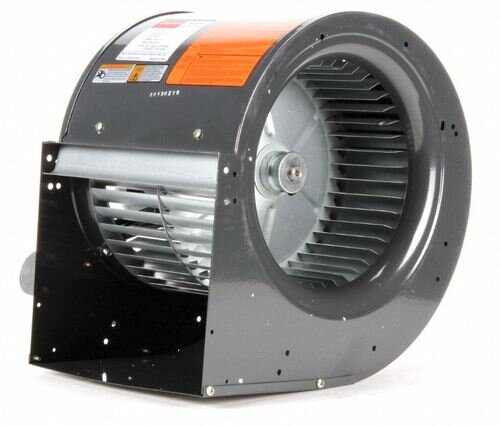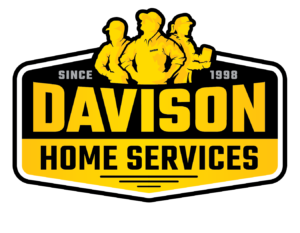
As the weather turns colder here in Michigan, you become more dependent on your furnace. But that won’t be the case if your furnace can’t work the way it should. Have you turned on your furnace and end up getting cold air instead of heat? Why is your furnace blowing cold air instead of heating the house?
If you’re experiencing this problem, then there is no need to panic because you can diagnose most of the issues yourself. This article outlines seven reasons why your furnace is blowing cold air. We offer a few simple solutions to have your house warm in no time.
1. Check the Air Filters
Sometimes your furnace can overheat and start blowing cold air. This is because its safety control will shut off burners, but the fan still runs cold air to cool off the furnace.
You still need to know why your furnace is overheating in the first place. The overheating could occur because of restricted airflow, which mostly happens when the air filter gets dirty. Restricted airflow will cause the furnace to run harder to provide the needed heat, which endangers it.
Ensure you check your air filter and work on a replacement if you notice that it’s experiencing some issues. After replacing the air filter, check to see if the heater is blowing warm air as required and preventing future overheating problems.
2. Wrong Thermostat Setting
When your thermostat blows warm air but switches to cold air sometimes, check the fan’s setting. When the thermostat fan is set to ON, it means it will run 24/7.
When this happens, it will run, pushing air through the system both when the furnace ignites and generates warm air — and when the furnace shuts down because it has achieved the temperature you set on the thermostat.
If your thermostat fan setting is set to ON, you could turn it to AUTO. This means your blower will only be running when the furnace is heating the air. Alternatively, many people leave their thermostat to have the fan run continuously to keep air circulating throughout their house at all times. But understand that in the winter months, this could mean cold air will be flowing through the system.
3. Insufficient Supply of Gas Could Be Another Issue
Sometimes the reason for your furnace blowing cold air is because the gas supply is off. Or, it could be on, but the line doesn’t provide enough supply of gas that your furnace needs to run as required. When this happens, the furnace will lockdown to protect itself from damage.
You need to get a professional to help you solve this problem as soon as possible. Attempting to do it yourself could escalate the issue even further.
4. Your Condenser Could Be Clogged
Efficient furnaces come with condensate drain lines that remove water that forms during the heating process. But these drains can get clogged with time and won’t work efficiently anymore. The water will not drain as usual but instead go back to the furnace.
What’s worse, the lines almost activate the switch that prevents burners from lighting. The overflow kill switch will shut the furnace down to prevent damage. When this happens, the furnace will not blow the required warm air.
Another cause of the condensate overflow may be a broken pump. When you suspect that this is the cause, call a professional cooling and heating company to do the fixing right away. However, if the blockage is an ice problem, heat tape and pipe insulation can solve the problem.
5. Pilot Light or Ignition Problem
An ignition problem can also be the reason why your furnace is not blowing hot air. Your heater will not light the fuel; hence you won’t receive the required heat. If your pilot light is not working, try solving the problem by employing the following steps.
Check how to ignite the ignition light of your brand, which is usually on the unit or the user manual.
Follow the process carefully to relight it and wait a few minutes.
If it goes off, then you might be having a thermocouple problem.
This means you adjust or replace the components, which only a professional can do. It could also mean you need to upgrade your heating solution as some problems could be a sign of aging.
Another issue that may cause an ignition problem is the gas supply. Make sure your gas valve is on. If it’s on but still not working, then the pilot light could be dirty.
A simple job cleaning can solve the problem right away.
Lastly, if you have a propane system, the gas line could be damaged. If you suspect this is the case, call for immediate professional help.
6. Furnace Blowing Cold Air Caused by Major Duct Problems
Serious problems such as leaks and holes in the duct can cause your furnace to blow cool air. This is because cold air from your crawlspace or attic can enter the furnace through the holes. This problem is easy to solve by simply doing a thorough inspection of your ductwork, and you guessed it – employing some duct tape. If the damage to the ductwork is more substantial, don’t be afraid to give us a call.
7. Dirt in Your Flame Sensor
If there is dirt accumulation in your flame sensor, the furnace won’t work as intended. To determine if your flame sensor is dirty, you will notice problems such as the unit cycling on and off. This problem will switch off your gas burner, interfering with the flow of warm air.
Look for Professional Help for Other Issues
One of the problems mentioned above could be the reason why your furnace is blowing cold air. However, this always isn’t the case. What else can you do if all the above solutions don’t solve your furnace blowing cold air problem? At this point, you should probably seek professional help.
Davison Heating & Cooling will help you diagnose all your furnace issues and ensure you receive the desired heat during the chilly weather seasons. Contact us today, and let’s help you solve your heating and cooling problems for a warmer home.
